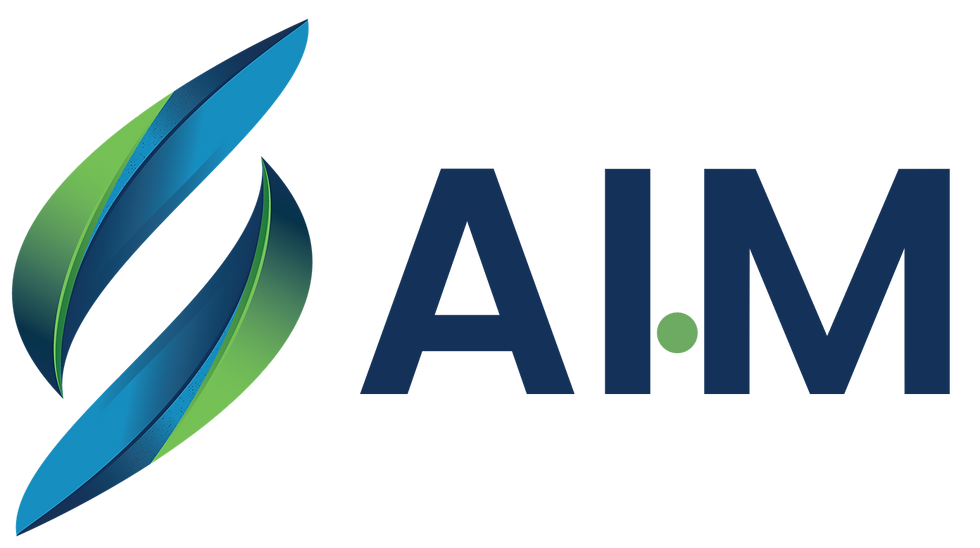How a Public Sector Division unlocked real digital impact
- Emiel Kruijd

- May 19
- 2 min read
Updated: Aug 15
Digitisation is not just a matter of IT — it’s about making clear choices, creating alignment, and involving the right people.
Digital transformation in the public sector often underdelivers — due to limited scope, unclear ownership, and low user engagement. This case shows how one government division achieved real results by shifting focus to governance, alignment, and adoption.
Starting point: a narrow, tech-first approach
The division had a clear ambition: work more flexibly, improve digital services, and manage resources more efficiently. A first IT plan had already been drafted, but it focused on just one half of the organisation (Department A), replicating existing processes instead of rethinking them. Department B was left out of scope, and the initiative was led by middle management, without strategic direction.
The result? Limited adoption, minimal impact, and growing resistance. Our analysis revealed several root causes behind this lack of progress:
The new tool didn’t make operations more agile or improve cross-department collaboration.
Despite introducing digital systems, decision-making remained slow and paper-based.
Employees weren’t involved and didn’t recognise the added value.

Our intervention
We didn’t start with the system — we started with the structure:
Scope expansion: Both departments were included, ensuring coherence across the organisation.
New governance model: A cross-functional steering committee with senior leadership enabled faster and more effective decision-making.
User involvement: Over twenty workshops and targeted training sessions gave employees the space to define their needs and influence the outcome.
Impact starts when you stop digitising the status quo.
Technically, we worked with a flexible, configurable platform, implemented in three clear layers:
Core functionality for day-one go-live
Immediate improvements based on user feedback
Optional extras that delivered demonstrable added value
Tangible results within three months
The solution went live as planned, across both departments.
Outdated processes were fully eliminated within three months.
The governance structure remained in place to drive continuous improvement.
The project became an internal benchmark for future transformation efforts.
What we learned
This trajectory confirmed four essential insights:
Real transformation requires intentional choices.
Copying legacy processes into a new system won’t create impact. Only by critically rethinking existing workflows you can generate real value.
User involvement accelerates success.
When employees learn to define their own functional needs, the outcome improves — and the need for costly rework decreases.
Leadership makes the difference.
Visible support from senior decision-makers reduces friction, aligns teams, and builds momentum.
Start small to build confidence.
Delivering a first working version quickly helps prove value and creates space for broader optimisation later on.
Digital transformation only creates value when it’s approached broadly and strategically — with clear priorities, active management support, and engaged employees.
This case is a reminder that meaningful impact doesn’t come from better software alone, but from the way people and decisions are aligned around it.
Curious how these principles apply in your context? We’re happy to explore it with you.

